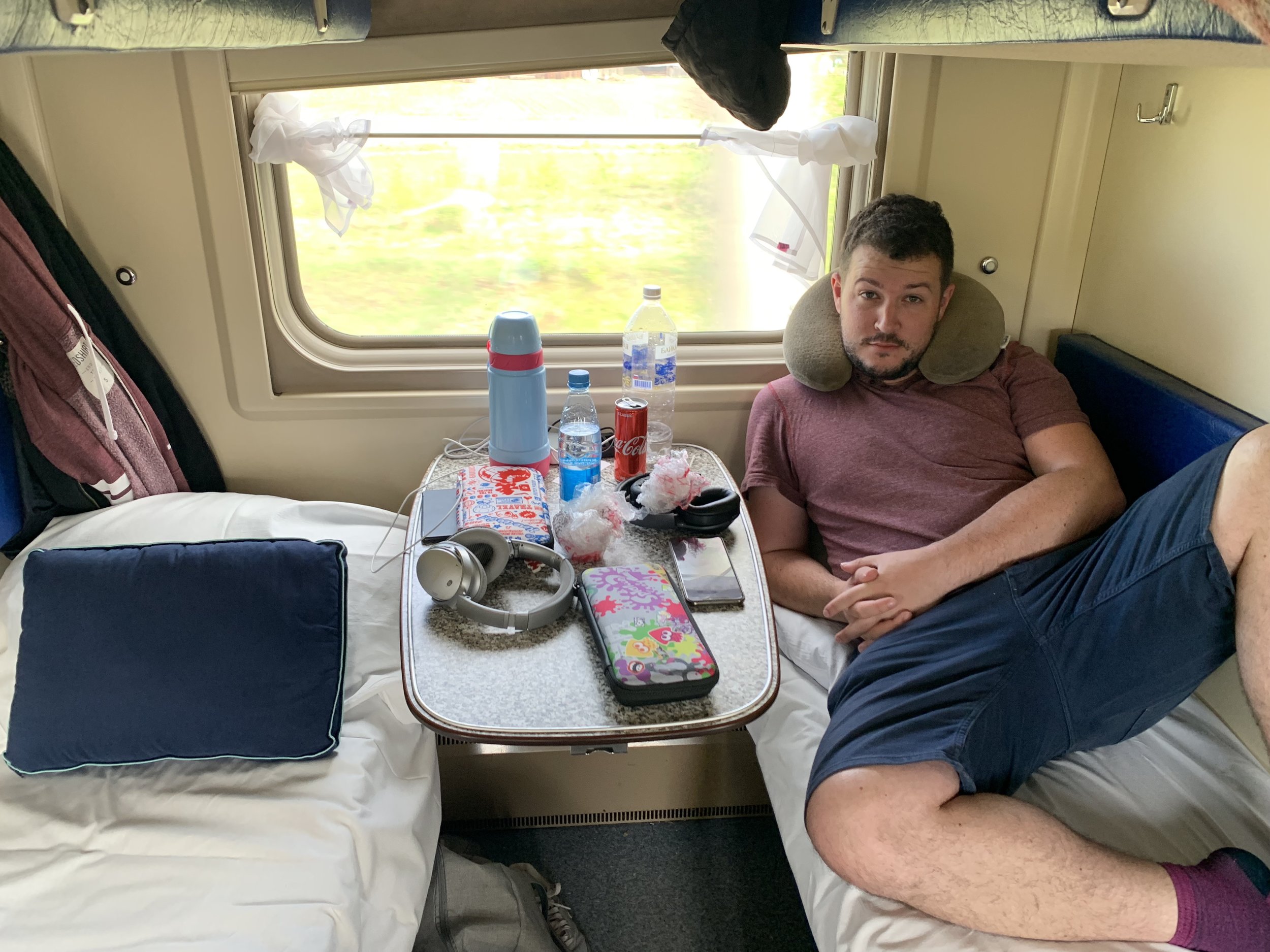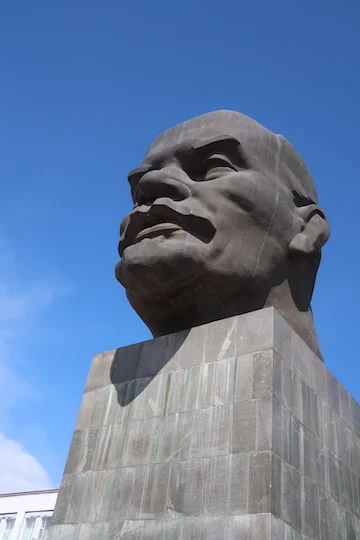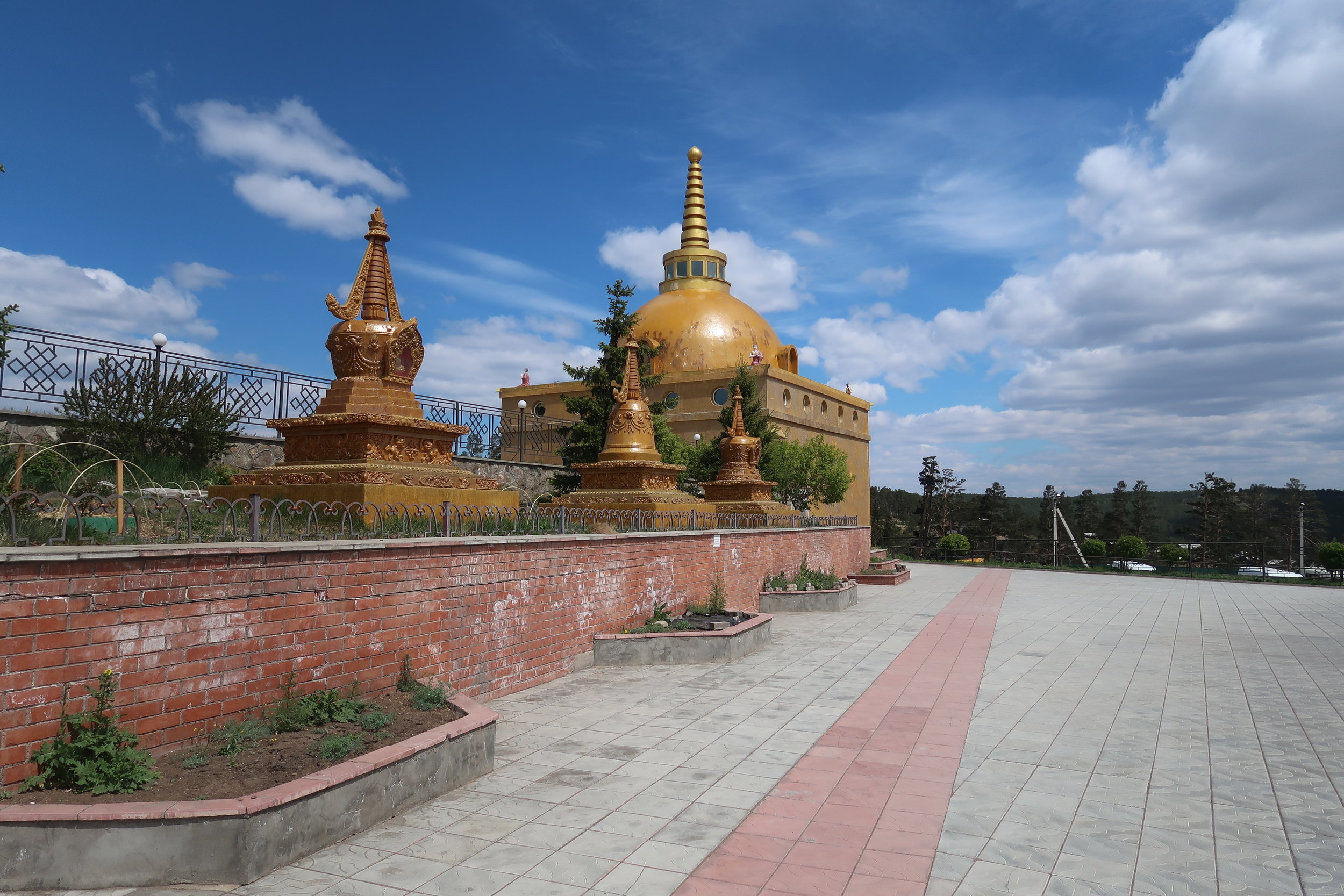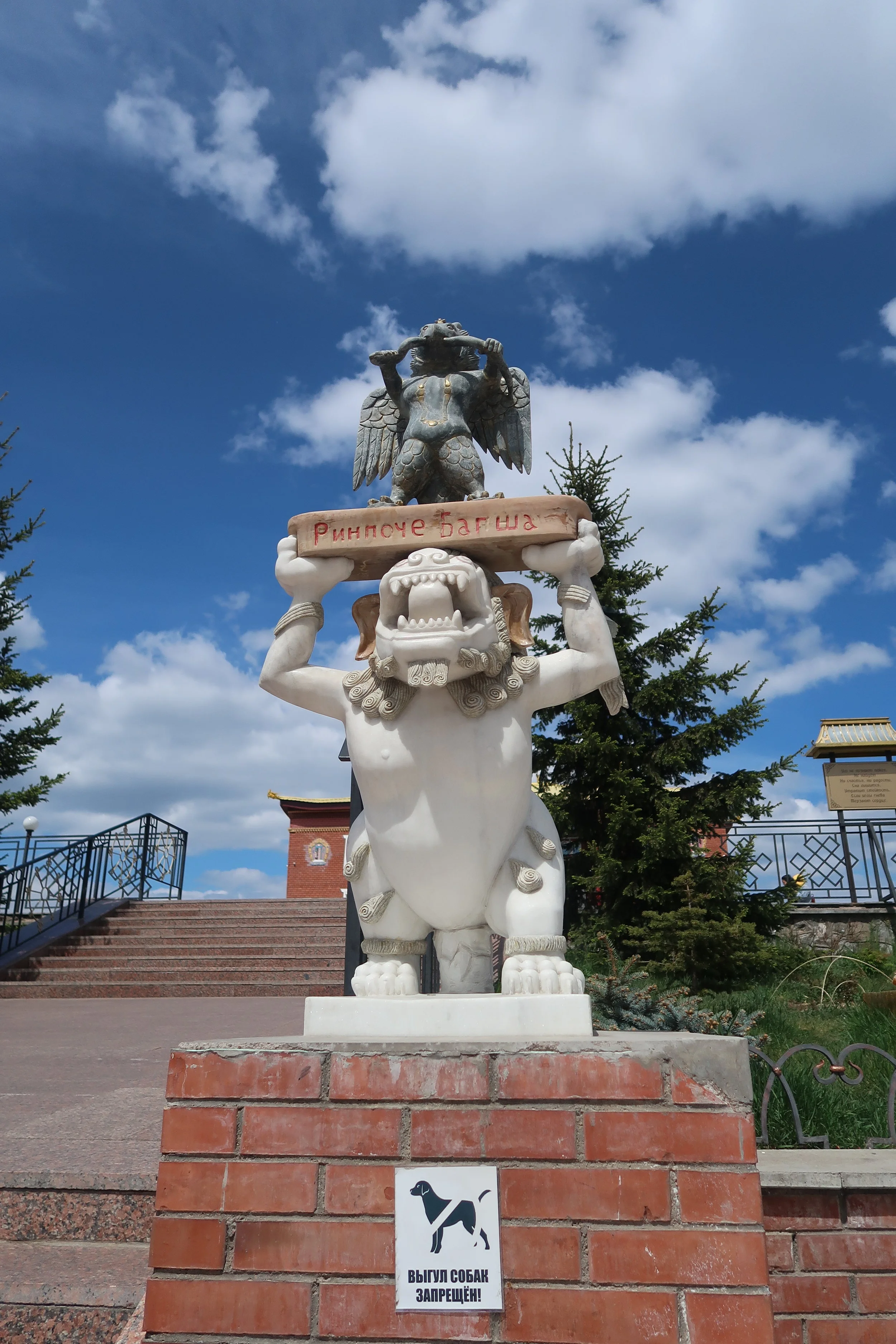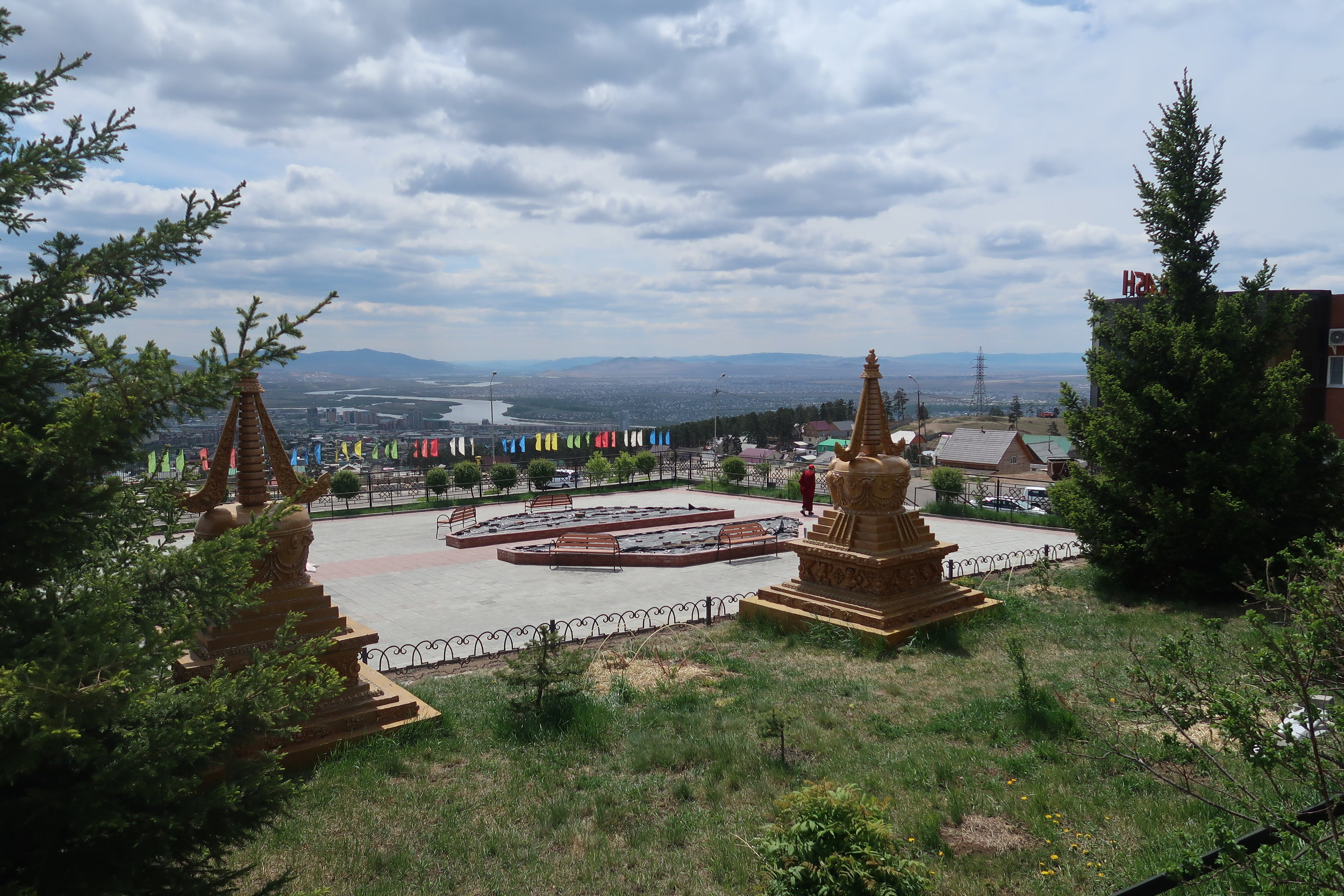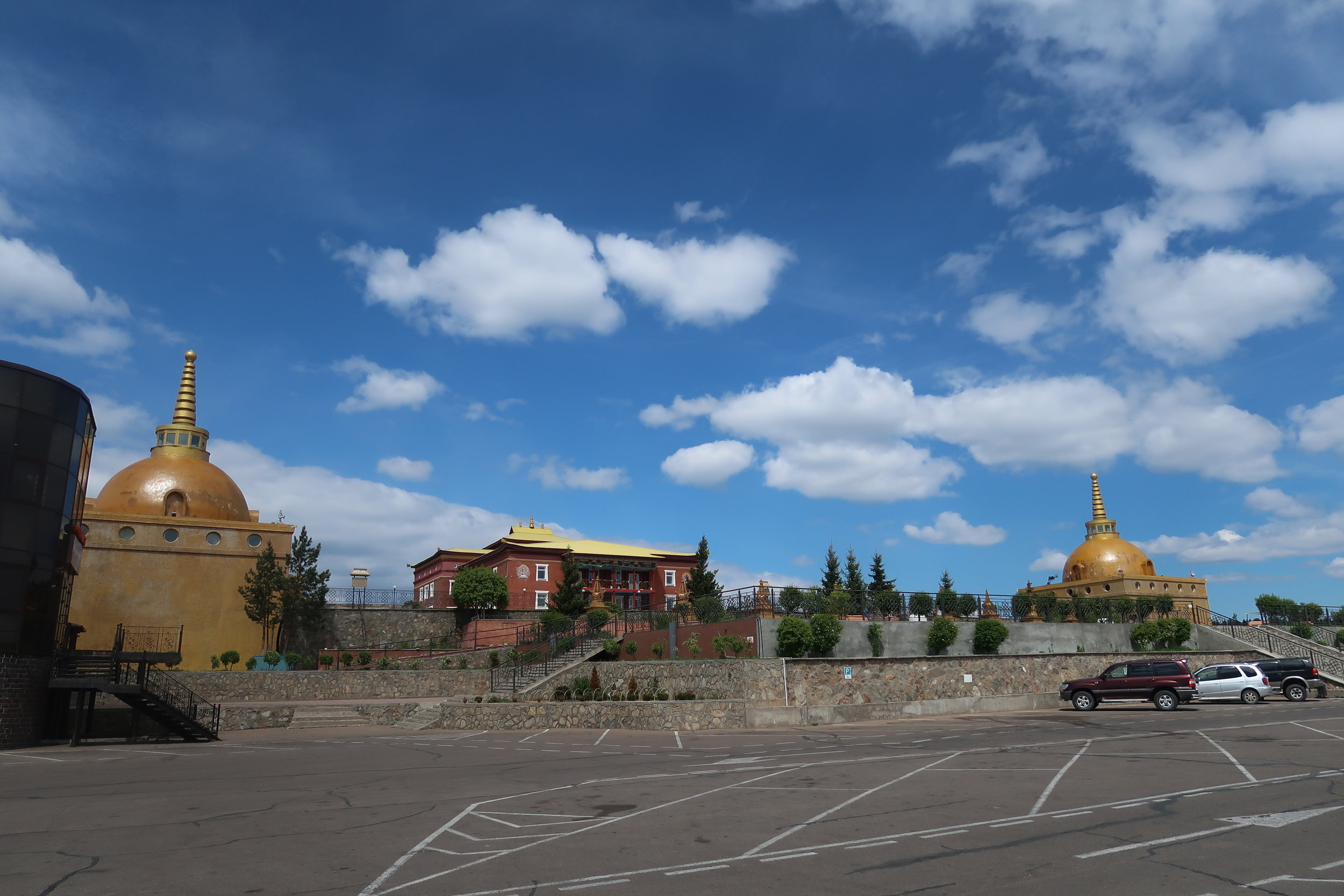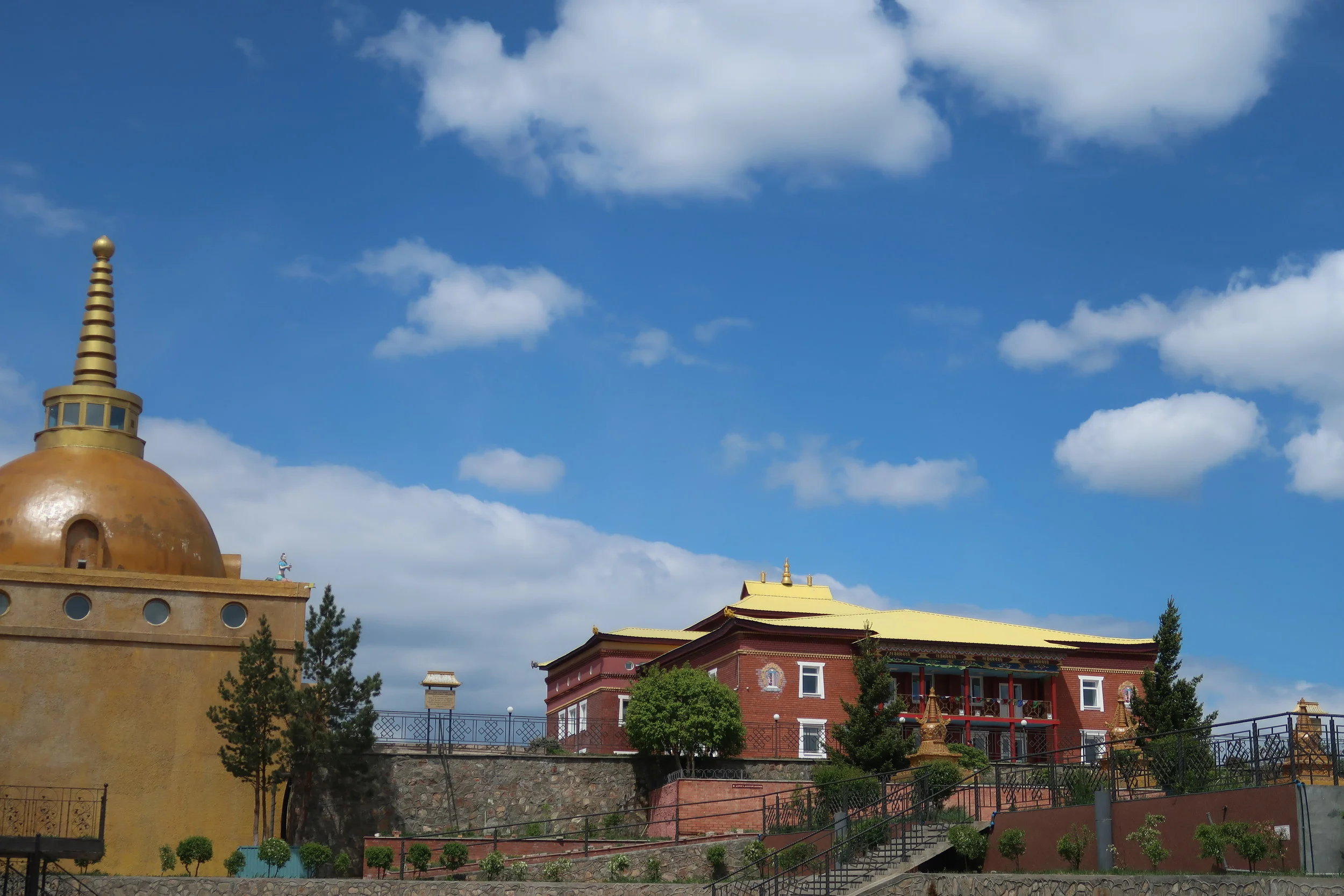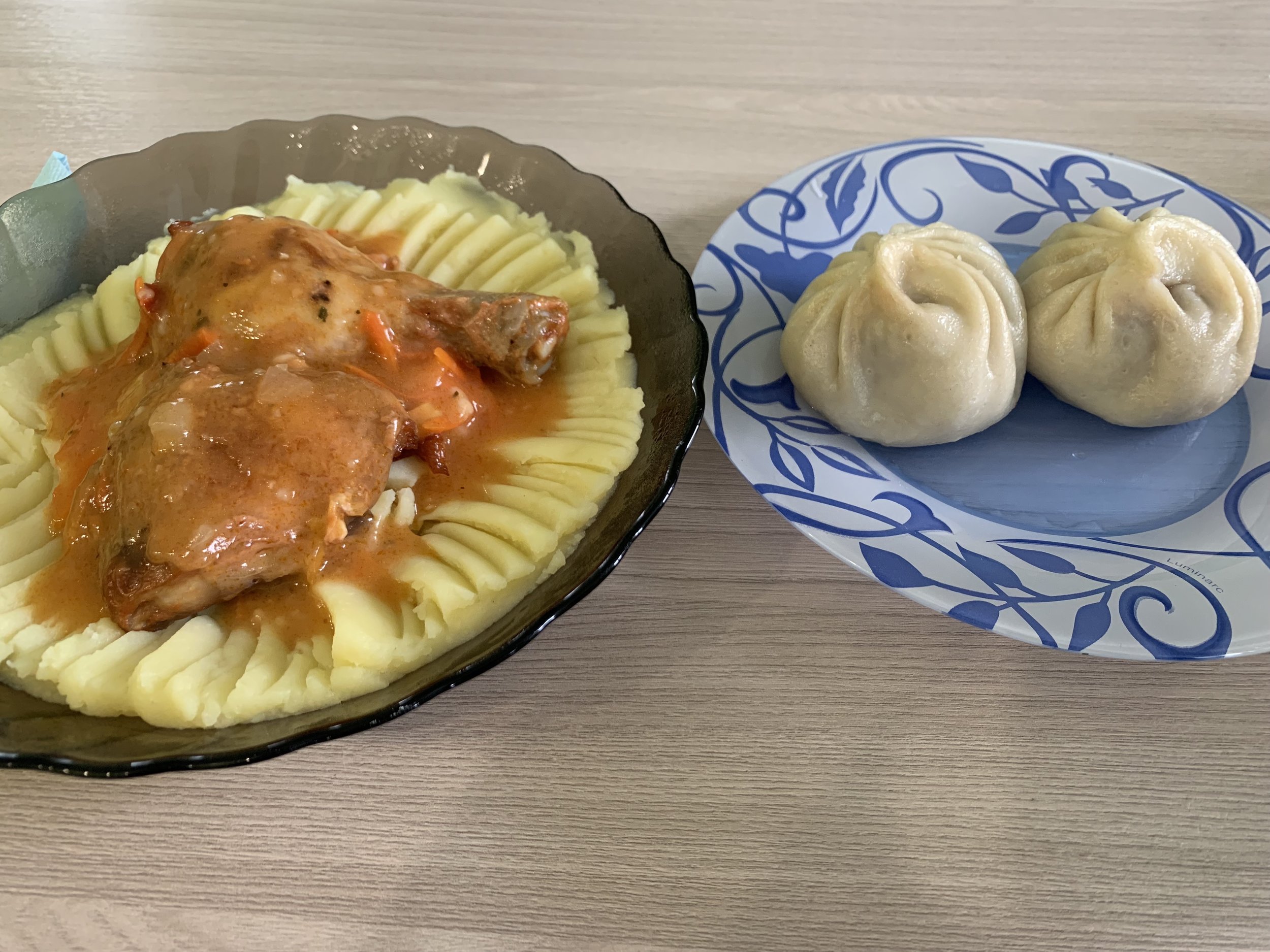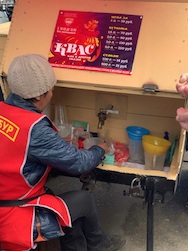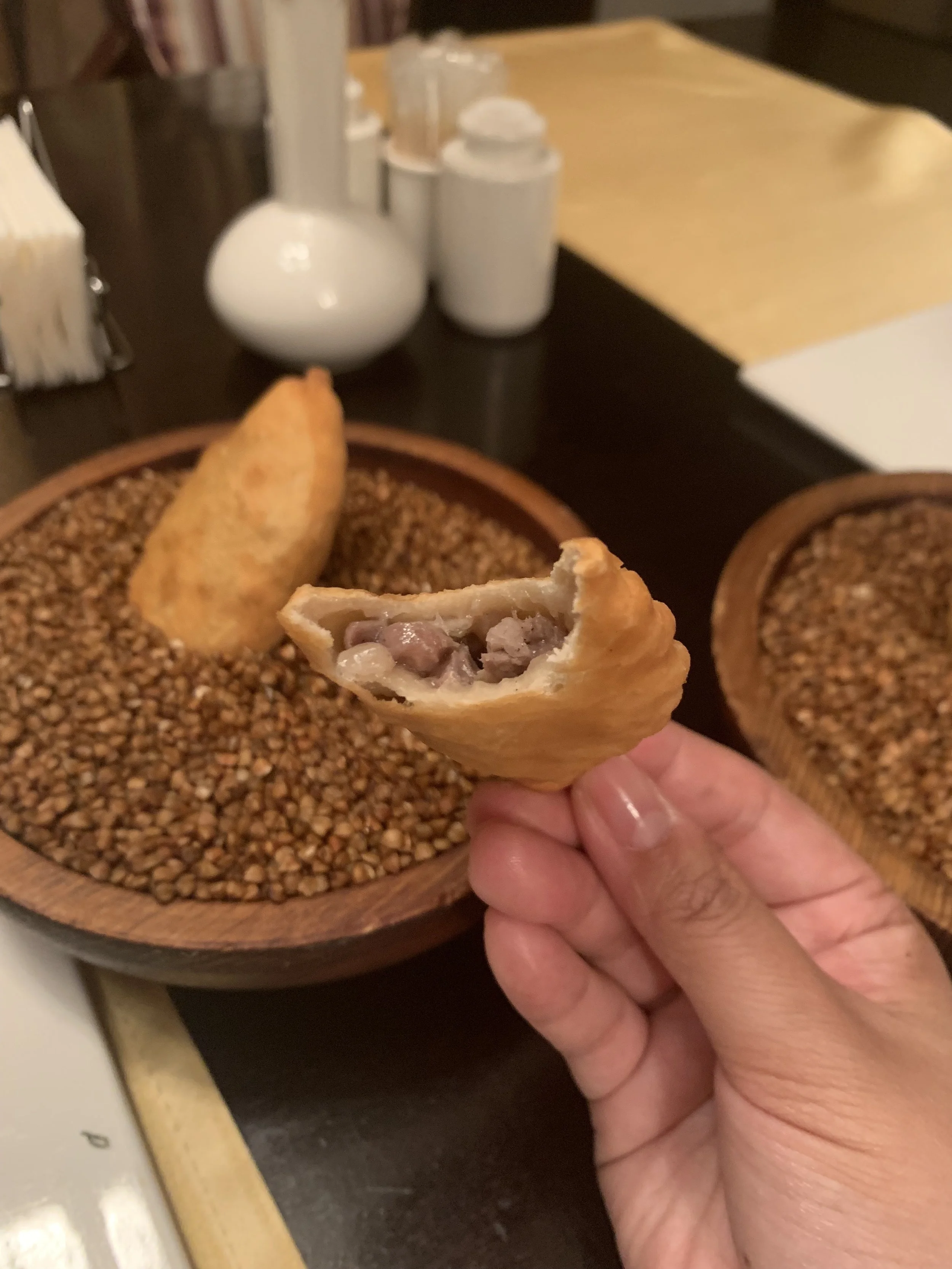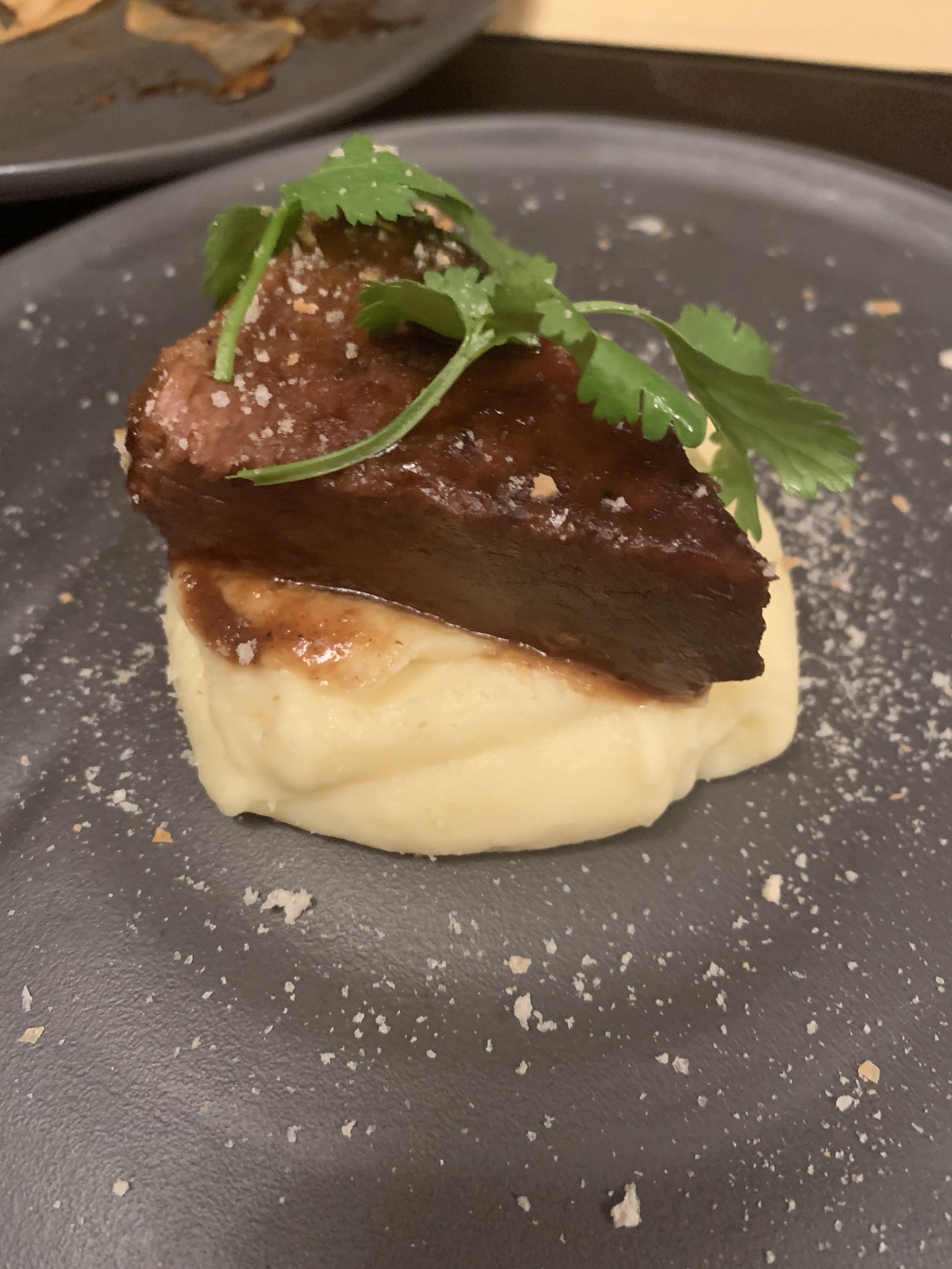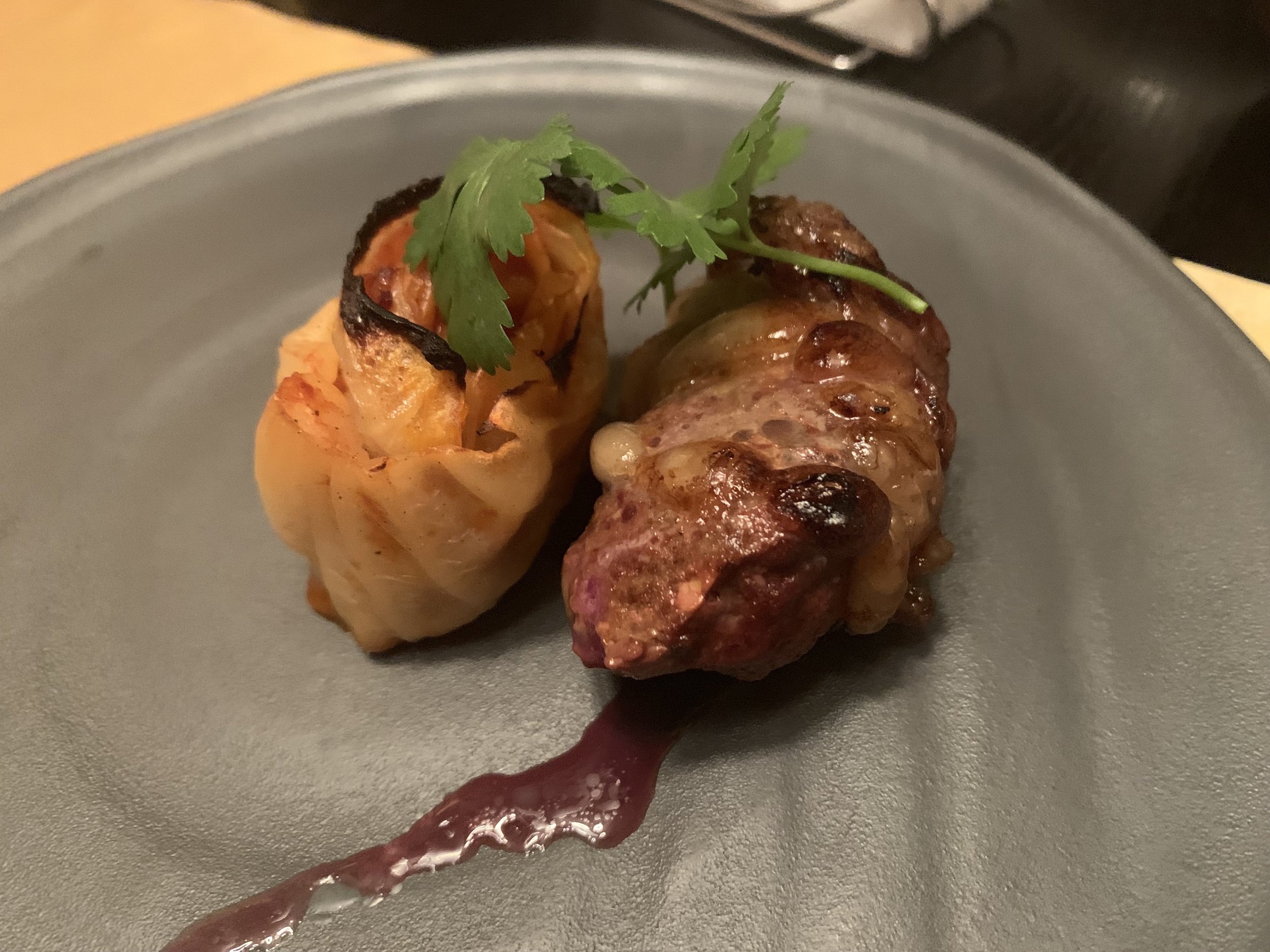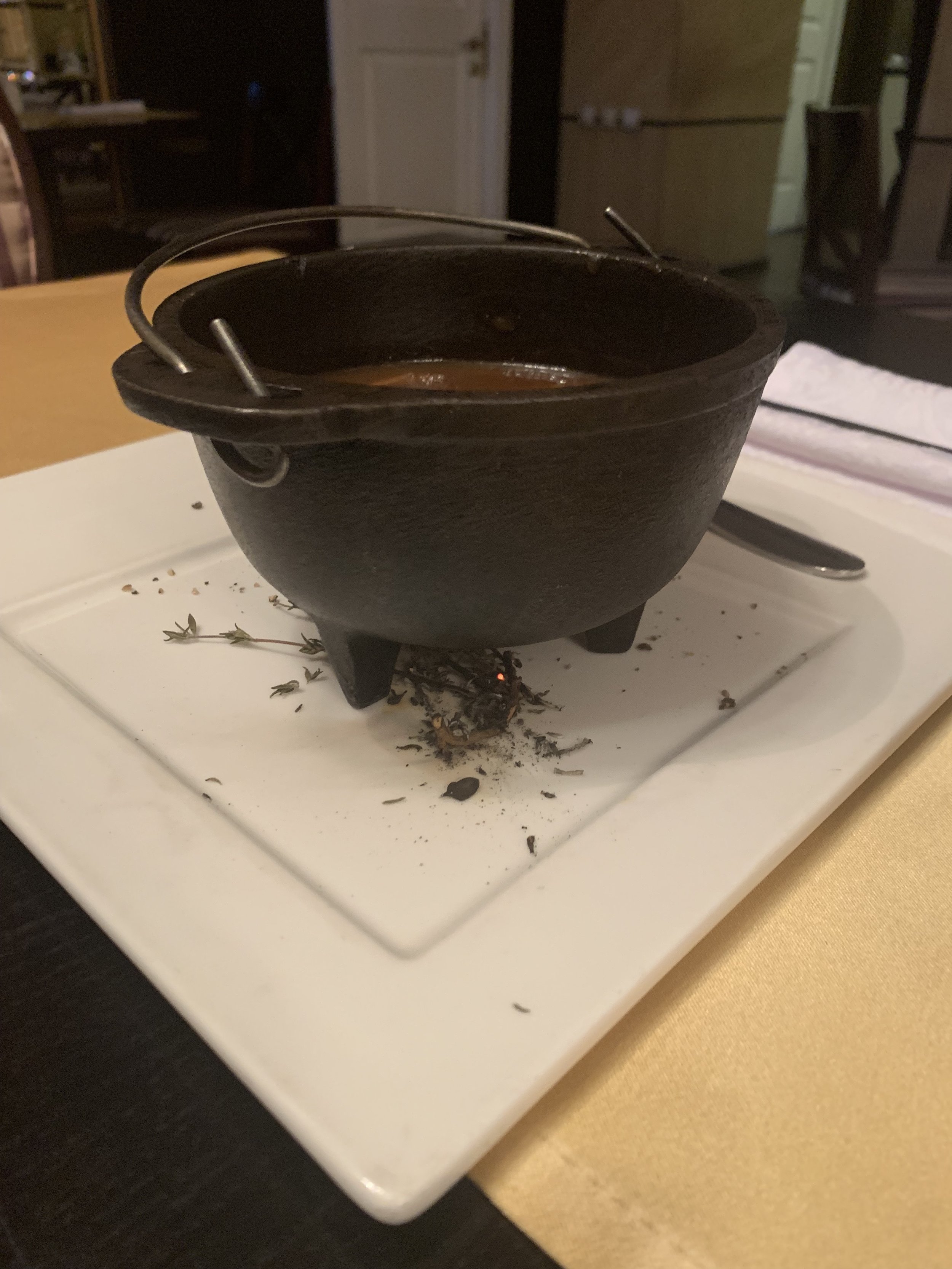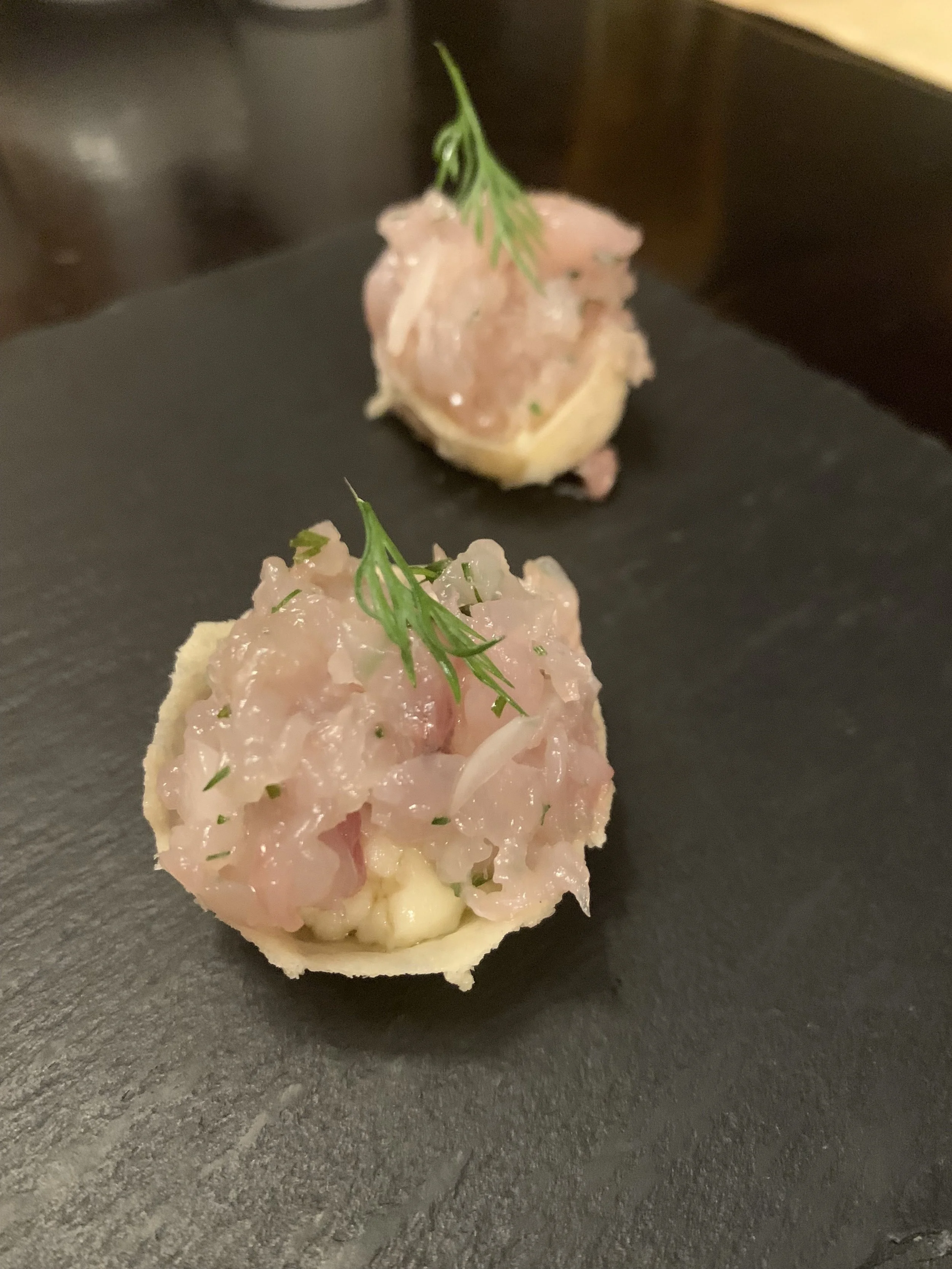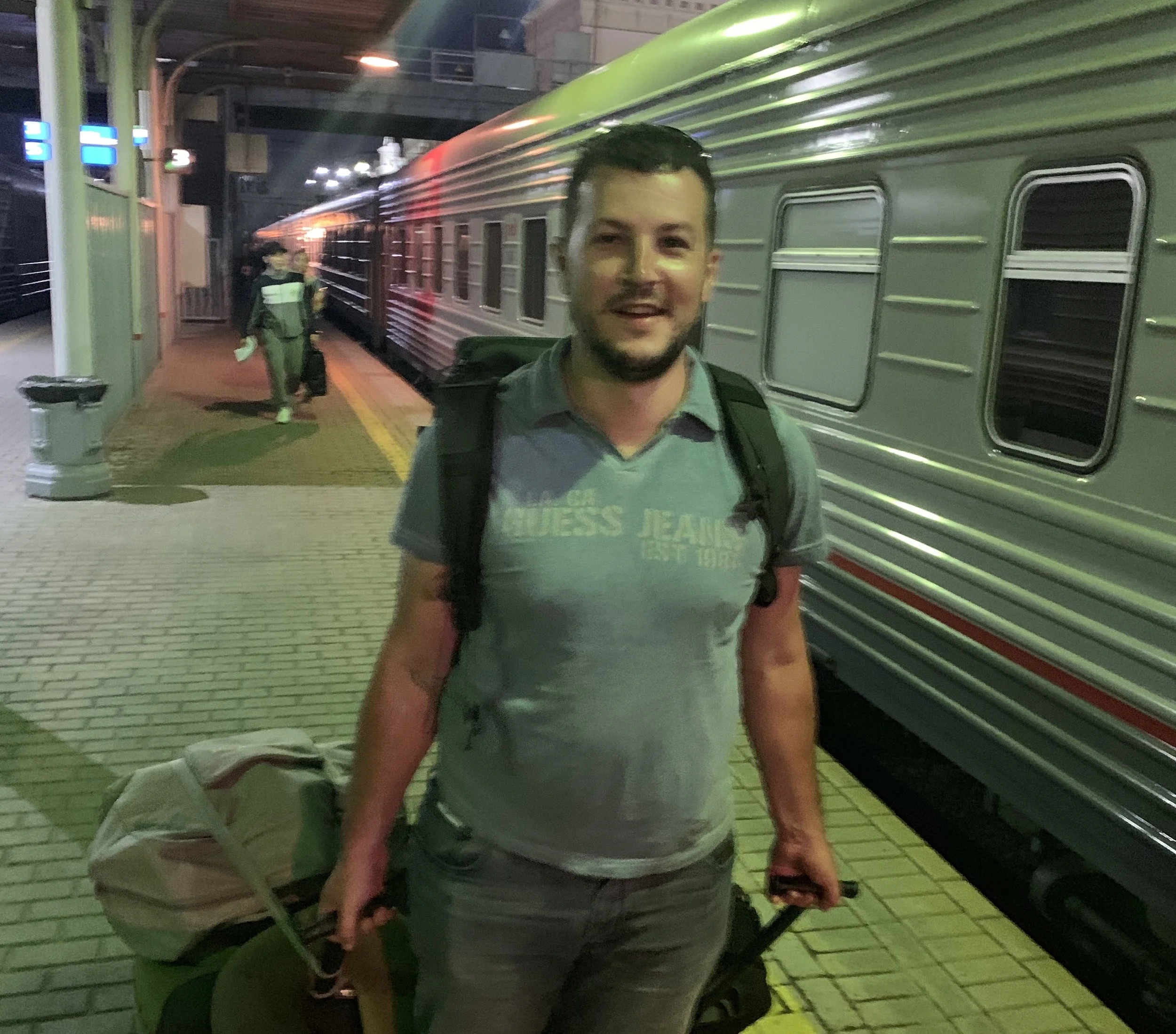They Eat.. Ulan-Ude
Our first stop off the trans-siberian train took 66 hours from Vladivostok. You can bet we were excited to exit our little train cabin for a large spacious hotel room. I was particularly excited to get a night’s rest without fast-moving trains whizzing by us in the night.
Which would you prefer?
Overall Impressions
Ulan-Ude is an interesting first stop on the train because it reminded us so much of Mongolia. It is the capital city of the Republic of Buryatia and the Buryats are Mongolic people. Considered the first major city after Vladivostok on the trans-siberian route, many tourists take a day or two to rest here. It is also a point of departure to Lake Baikal.
When we first arrived in Ulan-Ude, it was quite cold and rainy. The train station had many taxi drivers coming up to tourists asking if we needed a ride. It is friendly and they are not overly pushy. We decided we would just walk the 30 minutes which I (not Ian) later regretted because it was an uphill walk for most of it.
Ulan-Ude was much more “real” in my mind compared to Vladivostok that had been overrun with tourists. We experienced our first challenges of not speaking Russian, but we overcame it. It gave us motivation for the remaining 20+ days in the country.
You can tell that life is hard for the Ulan-Ude people. The winters are harsh and people’s bodies are built to keep in the warmth. It is understandable why they are frustrated by tourists who only speak English as they have little experience having to communicate with non-Russians. For this, we as tourists must be patient and give them the best version of ourselves. I tried my best to always smile and be low maintenance. At our hotel, they washed all of our clothes (2 loads at least) for only 3 USD. Cost of living and income is very low and they do not increase prices for tourists the way we noticed in other Russian cities. Perhaps something for them to consider? I certainly would have paid 4 times the price to get all that laundry washed, dried, and folded so nicely within a day.
You a Russkiy, Da?
Because Vladivostok is quite touristy, English was no problem and people didn’t bat an eye at seeing us. In Ulan-Ude, it was a different story. People looked at me and thought I was a Buryat (I am Chinese). When they look at Ian, they see a русский (russkiy). So they expected both of us to speak Russian and when they learned we didn’t, their facial expressions were:
“Look at these two Russians who don’t speak Russian! What a disgrace!”
With our limited Russian, we still managed to get around on the public bus/tram system to visit the sites.
The Lenin Head
This head weighs ~42 tons and is 13.5 meters (44.3 feet) high. It is the biggest sculpture of Lenin’s head in the world. You won’t be able to miss it: it is located in the main square where the public buses converge… and well.. it is just very, very large.
Buddhist Monastery
Ivolginsky Datsan is a significant pilgrimage site for Buddhists from all over the world. After World War II, this was the only buddhist temple allowed by the USSR. Take Bus 130 from the main square (across from Lenin’s Head) all the way to the last stop. The complex is very beautiful, but so are the views as it sits on the top of a mountain giving you some very different panoramic views of Ulan-Ude.
Cheap Eats
Right next to our hotel (Ulan Hotel - we recommend!) was a local cafe. There was a handwritten menu in Russian which could not be identified by Google Translate camera. So instead, I played the audio from my handy phrasebook the Russian-equivalent of “what do you recommend?”
Chto Vy posovetuyete?
The friendly Buryatian woman said, “Bouza!” and we were pleased with our recognition as we had enjoyed some already during the train ride. They are large dumplings filled with meat and juicy soup! If you have had a Shanghai xiao long bao - think that, but bigger!
She also pointed at another menu item and we just nodded, responding with “Da!” It turns out the second item was a cold chicken drumstick with gravy on top and mashed potatoes underneath. Ian was not a big fan, but I wholeheartedly enjoyed it purely for the adventure of surviving this Russian conversation. This meal cost 210 RUB = 3.25 USD.
We returned to this cafe our last morning in Ulan-Ude. It was about 10:00AM and they hadn’t even really opened up yet. I used my handy phrasebook again to ask for recommendations. We kept responding with “Da!” and in 10 minutes or so, we received two bowls of noodles with dumplings in them along with some fried dough that had condensed milk on top. Two cups of a soy milk of sorts and we were more than filled up for our train ride. Total cost was 310 RUB = 5 USD.
The Cheap Drink
We were walking down the streets of Ulan-Ude and kept seeing stands shaped like barrels. Ian decided to try what we were nicknaming “street beer”. It turns out this is KBAC or Kvass: a traditional fermented East Slavig drink usually made from rye bread. It is believed that this drink is more popular than Coca-Cola in Russia. For us, it tasted very sour and warm. Unfortunately, our taste buds could not appreciate it and it swiftly went into a garbage bin.
Happily that evening, we found Pub Churchill, which served simple local and international meals with a lengthy beer menu. There were many locals hanging out as well (I assume taking a break from vodka).
Fine Dining
We discovered Restaurant Tengis after a bit of online research as the place to go for modern nomadic cuisine. It is rated #1 on TripAdvisor with 4.5 stars out of 200+ reviews. We decided to go for their 14 course tasting menu and we were not disappointed. In particular, I was a huge fan of the lamb giblet soup and the tartare which came with a shot of Russian vodka.

